Bold Moves and Big Dreams: The Elon Musk Story
Bold Moves and Big Dreams: The Elon Musk Story
In the realm of modern entrepreneurship, few names resonate as loudly as Elon Musk. From revolutionizing the automotive industry with Tesla to pushing the boundaries of space exploration with SpaceX, Musk's journey is nothing short of extraordinary. But behind his towering achievements lies a story of relentless determination, audacious vision, and unwavering resilience.
Born in South Africa in 1971, Musk displayed a keen intellect and insatiable curiosity from an early age. His voracious appetite for knowledge led him to devour books on programming, engineering, and physics, laying the groundwork for his future endeavors. After earning degrees in physics and economics, Musk embarked on his entrepreneurial odyssey, co-founding Zip2, an online city guide software for newspapers. Despite facing numerous setbacks, including sleeping in the office and showering at the local YMCA, Musk's tenacity eventually paid off when he sold Zip2 for over $300 million.
Undeterred by his success, Musk set his sights even higher, channeling his profits into the creation of X.com, an online payment company that would later become PayPal. Despite being ousted as CEO during a tumultuous merger, Musk once again turned adversity into opportunity, using his newfound wealth to pursue his lifelong dream of space exploration. In 2002, he founded SpaceX with the audacious goal of reducing the cost of space travel and ultimately colonizing Mars.
But perhaps Musk's most ambitious venture came in 2004 when he took over Tesla Motors, a struggling electric car company on the brink of bankruptcy. Despite facing skepticism from industry experts and financial analysts, Musk bet everything on Tesla's success, pouring his own fortune into the company and working tirelessly to bring his vision of sustainable transportation to life. Today, Tesla stands as a testament to Musk's unwavering belief in the power of innovation and disruption, with electric vehicles dominating the automotive market and reshaping the way we think about transportation.
So, what can aspiring entrepreneurs learn from Elon Musk's remarkable journey? Here are some key takeaways:
Bold Vision: Musk's success is rooted in his ability to dream big and think outside the box. By envisioning a future that others deemed impossible, he was able to carve out new opportunities and disrupt established industries.
Resilience in the Face of Failure: Musk's career is marked by numerous setbacks and failures, from the near-collapse of Tesla to the explosions of SpaceX rockets. Yet, he never wavered in his determination to persevere, using each setback as a learning opportunity and a stepping stone to future success.
Passion and Purpose: Musk's unwavering passion for his work is palpable in everything he does. Whether it's revolutionizing space travel or combating climate change with renewable energy, Musk's commitment to his vision is infectious and serves as a powerful motivator for his team.
Risk-Taking: Musk is no stranger to risk, having risked his entire fortune on multiple occasions to fund his ventures. While not every risk pays off, Musk's willingness to take calculated risks has been instrumental in propelling his businesses forward and pushing the boundaries of innovation.
Continuous Learning: Musk's insatiable thirst for knowledge is a defining trait of his success. From teaching himself programming to devouring books on rocket science, Musk is constantly seeking to expand his horizons and deepen his understanding of the world.
In conclusion, Elon Musk's journey from a young entrepreneur with a dream to one of the most influential business leaders of our time is a testament to the power of perseverance, innovation, and audacity. By embracing his fearless spirit and unwavering commitment to his vision, aspiring entrepreneurs can unlock their own potential and chart a course toward greatness in the world of business.

When you apply for business funding, your application goes through a critical stage—underwriting. This is where lenders evaluate risk and determine whether your business qualifies for financing, and under what terms. Understanding what underwriters look for can help you strengthen your application, avoid delays, and increase your approval odds.

Not every business enjoys a steady stream of income. For many companies—especially those in seasonal industries, contracting, or project-based work—revenue can shift dramatically from month to month. These ups and downs are normal, but they can make managing cash flow, payroll, and operating expenses challenging. At Lexington Capital Holdings, we understand that fluctuating revenue doesn’t mean instability—it just means you need the right financial tools to stay balanced and grow confidently.

The Challenge of Hyper-Growth For many startups, growth isn’t the problem—it’s managing it. Rapid scaling demands capital for hiring, marketing, technology, and operations. But too often, founders find themselves cash-strapped right when they need resources the most. Choosing the right financing strategy can be the difference between sustainable growth and burning out too soon.

When it comes to business financing, the terms you secure are just as important as the funding itself. Lower interest rates, flexible repayment schedules, and higher approval amounts can mean the difference between simply surviving and setting your business up to thrive. The good news? Business owners often have more negotiating power than they realize. At Lexington Capital Holdings, we’ve seen firsthand how preparation and strategy can help secure stronger terms. Here’s how you can do the same:

For many businesses, waiting on customer payments can feel like standing still when you’re ready to move forward. Delayed invoices, extended payment terms, or slow collections create cash flow gaps that make it harder to cover expenses, pay employees, or seize new opportunities. The truth is—even successful, profitable companies face this challenge. The key isn’t avoiding it, but managing it strategically with the right funding solutions

Securing business funding is a milestone—but the real impact comes from how you put that capital to work. Every dollar borrowed should fuel momentum, strengthen operations, and generate measurable returns. Unfortunately, too many businesses stop at “getting approved” and miss the chance to maximize their return on investment (ROI). At Lexington Capital Holdings, we believe funding isn’t just about access to capital—it’s about creating opportunity. Here’s how to ensure your financing delivers the highest ROI:

In today’s fast-paced business environment, standing out from the competition requires more than just great products and services—it takes strategy, timing, and smart financial decisions. One of the most overlooked tools in building and maintaining a competitive advantage is business financing. When leveraged correctly, financing doesn’t just help you “get by”; it can actually position your business to outpace competitors and capture new opportunities.

In business, surprises aren’t a matter of if—they’re a matter of when. Whether it’s a sudden equipment breakdown, an unexpected dip in sales, or a market shift that requires quick adaptation, unforeseen expenses can test even the most successful companies. The difference between thriving and struggling often comes down to how well you’ve prepared.

When most business owners hear the word debt, it sparks feelings of stress or risk. But here’s the truth—debt isn’t always a bad thing. In fact, when managed strategically, debt can become one of the most powerful tools to grow, stabilize, and scale your business. At Lexington Capital Holdings, we work with business owners every day who are navigating this very question: Is taking on debt the right move for me? Let’s break down the difference between “good” and “bad” debt so you can make informed financial decisions.

In today’s business world, financing options are everywhere—but choosing the right path can feel overwhelming. From traditional bank loans to alternative lending solutions, the fine print and fast-changing requirements often leave business owners spending more time deciphering funding terms than actually running their businesses. That’s where the value of a dedicated funding advisor truly shines. At Lexington Capital Holdings, we’ve seen firsthand how personalized guidance can transform the funding experience for business owners of all sizes.

